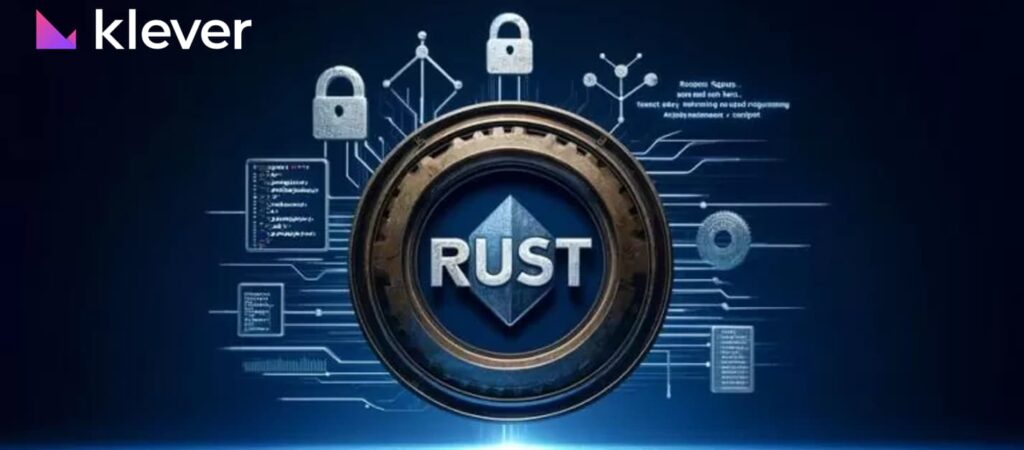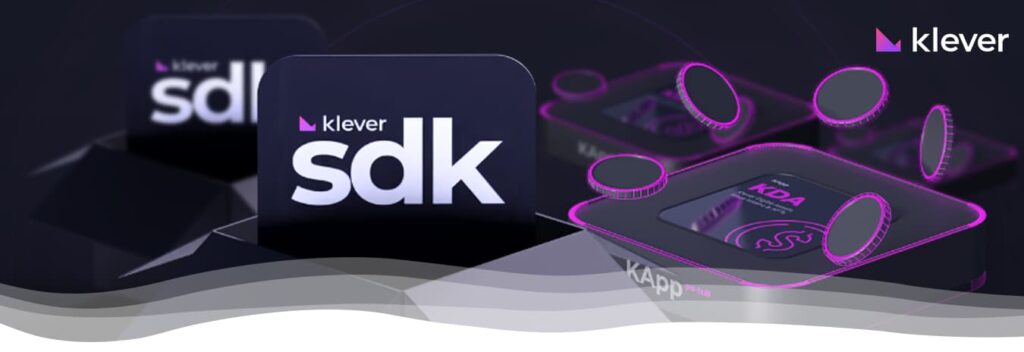
Rust is a systems programming language designed to offer safety, performance, and control. Launched by Mozilla Research in 2010 and stabilized in 2015, Rust quickly gained recognition for addressing common issues in other low-level languages like C and C++. In this article, we’ll explore Rust’s advantages and disadvantages, its best use cases, significant industry and government adoption, and provide a critical analysis of its future.
Advantages of Rust
Memory Safety
One of Rust’s most significant advantages is its memory safety system. It eliminates an entire class of memory errors, such as null pointers and race conditions, using an ownership-based memory management system. This results in safer and more robust software.
Performance
Rust offers performance comparable to C and C++ by compiling directly to machine code. Moreover, without the need for a garbage collector, it allows precise control over memory allocation and deallocation, optimizing resource usage.
Concurrency
Rust facilitates safe concurrent programming through its ownership system, ensuring that shared data between threads is handled without the risk of race conditions. Likewise, this is vital for modern software development, where efficient execution on multiple cores is essential.
Ecosystem and Tooling
Rust’s ecosystem, centered around the Cargo package manager, provides an integrated development experience, simplifying dependency management, compilation, and testing.
Disadvantages of Rust
Learning Curve
It´s learning curve can be steep, especially for developers accustomed to languages with automatic memory management. Concepts like borrowing and lifetimes can be challenging initially.
Compilation Time
It´s compilation time can be significantly longer compared to other languages due to the rigorous memory safety checks performed by the compiler.
Ideal Applications for Rust
Embedded Systems
It is ideal for embedded systems where hardware control and efficiency are crucial. Its memory safety prevents catastrophic failures in critical devices.
WebAssembly
It is a popular choice for WebAssembly (Wasm) development, allowing high-performance code to run in the browser, benefiting interactive web applications and games.
Operating System Development
Projects like Redox OS, an operating system written in Rust, demonstrate its potential for developing secure and efficient operating systems.
Industry and Government Adoption
Microsoft
Microsoft has explored Rust for developing critical components of Windows and Azure, driven by the need for greater security and performance in hardware-intensive components.
Google is integrating Rust into its Fuchsia operating system, aiming to create a more secure and reliable environment for IoT devices and cloud services.
Amazon
Amazon uses Rust in developing AWS services, emphasizing security and efficiency at a large scale.
U.S. Federal Administration
The U.S. Federal Administration is investing in Rust to modernize legacy systems, aiming to reduce security vulnerabilities and increase efficiency.
Practical Uses of Rust
Command Line Tools
Rust is widely used to create efficient and safe command line tools, such as ripgrep, a fast and intuitive text searcher.
API Development
Rocket is a web framework written in Rust that simplifies creating secure and high-performance APIs.
Cryptography
Librustzcash is an implementation of the Zcash privacy protocol in Rust, exemplifying its use in security and cryptography applications.
Critical Analysis and Future Projection
Rust has proven to be a powerful and versatile language, especially in areas where safety and performance are crucial. However, its learning curve and compilation times can be barriers to broader adoption.
The growing adoption by tech giants and governmental entities indicates strong confidence in Rust’s ability to solve critical security and performance issues. As more developers become familiar with Rust, these barriers are expected to diminish, further boosting its popularity.
In the future, Rust may become the default choice for developing critical and high-performance systems, thanks to its safety, performance, and growing community support. Furthermore, the continued evolution of its ecosystem and tools should facilitate adoption, solidifying Rust as an essential language for the next generation of software development.
Rust Adoption by Klever: Innovation at Its Best

Klever Foundation is an innovative company that has adopted Rust in several of its products to ensure high security, performance, and reliability. Some of Klever’s main products utilizing it include:
- Klever OS (kos-rs): This operating system integrates Klever products with market blockchains, providing a robust and secure interface for decentralized interactions.
- Klever Virtual Machine SDK (klever-vm-sdk-rs): This development kit is designed for the Klever Virtual Machine (KVM), offering a productive environment for developers to write smart contracts on the Klever Blockchain.
- Klever Hardware Lib (hw-rust): This library facilitates the integration of Klever OS with KleverSafe’s native hardware, ensuring secure and efficient operations between software and hardware.
Klever is always seeking the best solutions for its users, demonstrating a continuous commitment to innovation, reliability, and security. Adopting Rust provides a solid, secure foundation for products, benefiting both the company and its customers.
By strategically using Rust, Klever ensures that its products not only meet but exceed performance and security expectations. Consequently, this dedication to technological excellence positions Klever as a market leader, always at the forefront of innovation.
Rust is not just a language; it’s a movement towards more secure and efficient software. Its impact is already significant, and its promises for the future are equally impressive. If you’re involved in developing critical systems or seeking to optimize the security and performance of your projects, Rust is a choice worth considering.
With examples like Klever, integrating Rust into its innovative products, it’s clear that the language is becoming a vital tool for companies seeking to stay at the cutting edge of technology. Moreover, Klever, with its commitment to excellence and innovation, is a living testament to Rust’s transformative potential in the IT industry.
Ready to dive deeper? Explore more of our content to stay updated!
Check out the lastest updates on Klever Blockchain.
Read our Klever Blockchain Docs
Join our Developers Community
Visit KleverScan